AstraZeneca
Augmented Reality (AR) experience
AstraZeneca
Augmented Reality (AR) experience
 Inspired by what AstraZeneca is driven by – innovation and science – we developed an Augmented Reality (AR) experience that had students flocking to the exhibition space eager to get involved and immerse themselves.
Inspired by what AstraZeneca is driven by – innovation and science – we developed an Augmented Reality (AR) experience that had students flocking to the exhibition space eager to get involved and immerse themselves.
Background
STEM (Science, Technology, Engineering and Mathematics) Fairs offer a whole range of opportunities to expand students’ views of what these disciplines have to offer. Companies such as AstraZeneca use the fairs as a platform to reach student audiences which may not have considered STEM subjects, and also to offer students a meaningful experience if STEM subjects are already a key element in their chosen path.

Challenge
With an audience mainly made up of Generation Z* students, AstraZeneca wanted to generate awareness of the breadth of career opportunities available at the organisation outside of scientific roles, without entirely moving away from the science that drives everything they do. Our client wanted to attract students to the space, spark their curiosity, and encourage them to stay and interact.
Solution
To capture the attention of this tough crowd in an already busy exhibition hall (as many as 80,000 visitors attend one of the major STEM events, The Big Bang Fair, every year), we found a way to boost attraction to the space, engage and entertain the students without deviating from our client’s objectives.
Inspired by what AstraZeneca is driven by – innovation and science – we developed an Augmented Reality (AR) experience that had students flocking to the space eager to get involved and immerse themselves.
Choosing an AR experience allowed us to address three main points of focus:
- showcasing the importance of technology by maximising the use of technology itself
- generating interest in the career opportunities available
- inspiring high levels of engagement by offering an immersive virtual landscape for students to absorb themselves in.
Through experiencing it first hand via active participation, Augmented Reality enriches and encourages faster assimilation of what the brain has been exposed to.
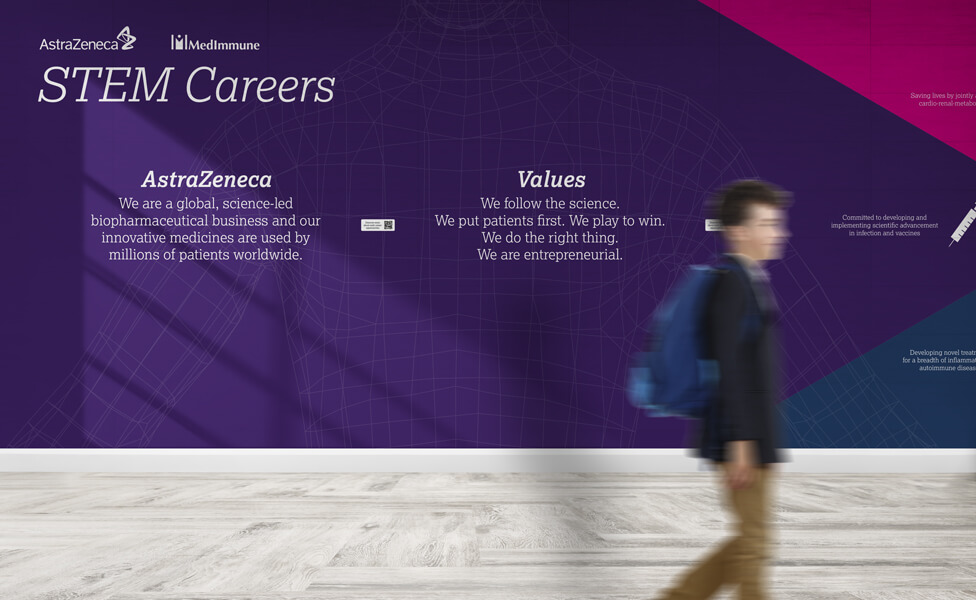
The initial hook to the AstraZeneca space was a 2m x 6m fabric wall that commanded attention in the exhibition hall from afar, thanks to a simple design structure that combined colour and geometry to steer the audience’s eyes to its centre.
On approach, an intriguing human-like figure (‘Wireman’) acted as a magnet – its futuristic, technical and inventive style nodding at what the STEM subjects offer. The Wireman concept adds an element of playfulness, and it’s at the same time polished, professional, ‘grown up’, appealing to the target audience at a key age when students feel ready to embrace the responsibility of making life-changing decisions.

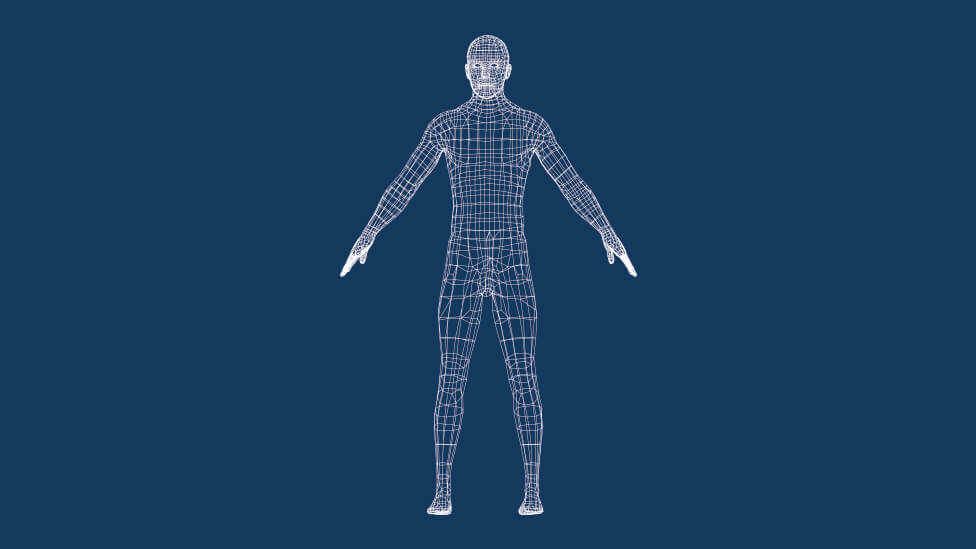
Right in the middle of the fabric wall, and at the core of our Wireman, we placed a Zappar code, which when scanned from 6-8 metres away uncovered a full AR experience, “lifting” the figure away from the wall.
Wireman then branched out to reveal a set of clickable icons representing AstraZeneca’s specialist areas suspended in the air, enticing students to interact with the clickable hotspots, which linked through to relevant pages on the AstraZeneca website dedicated to those specialisms.

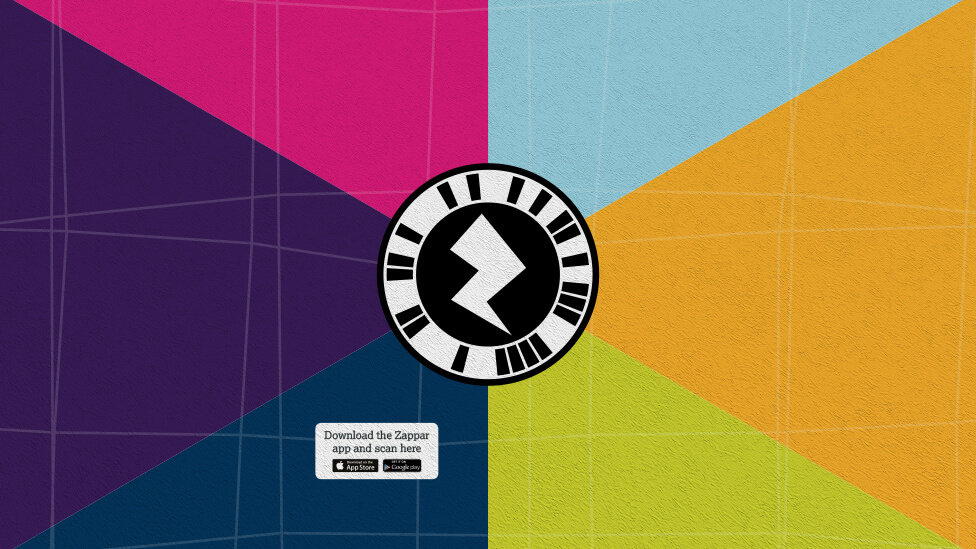
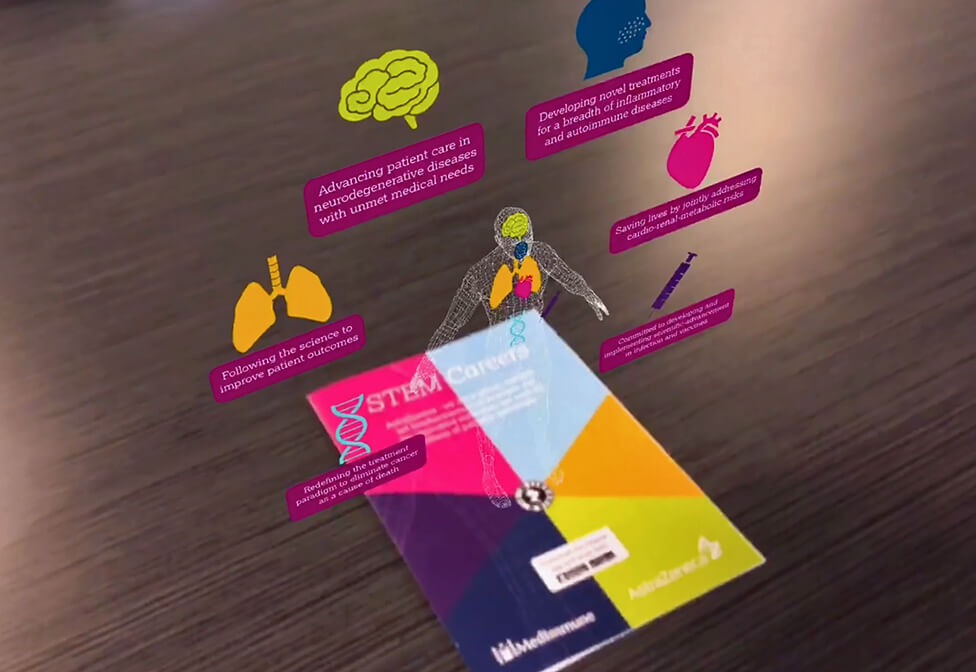
We also produced a set of pull-up banners, and a leaflet that included a Zappar code, with the aim of encouraging students to immerse themselves in the AR experience when they were back home, or back at school.
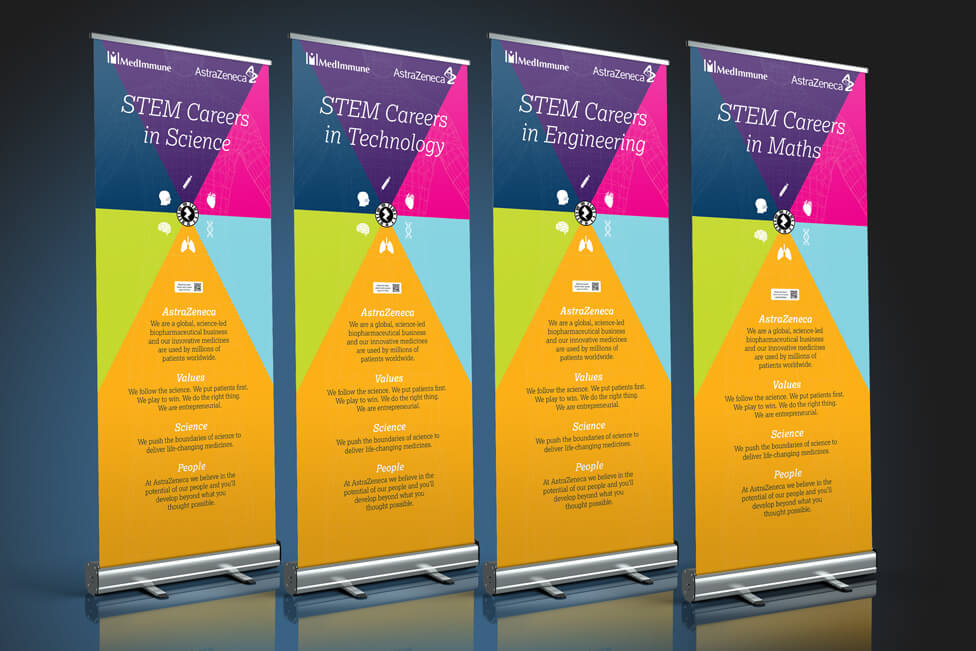

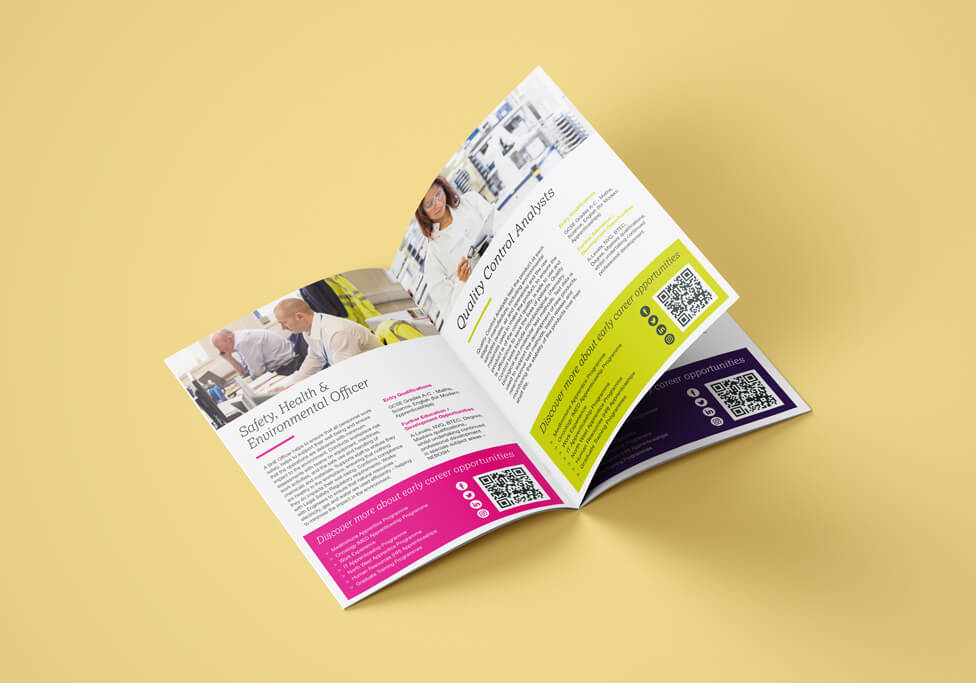
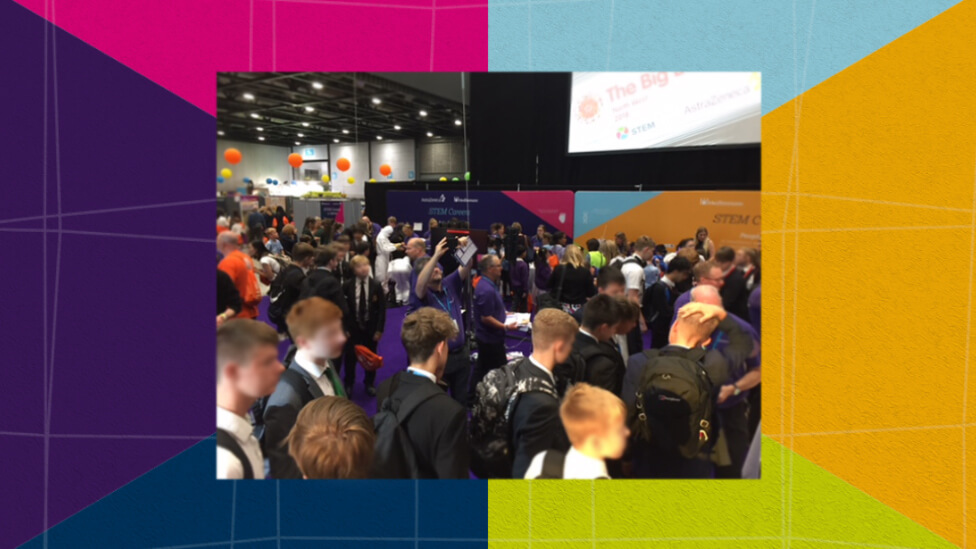
“Wanted to thank you for all the work completed for the AZ STEM artwork for this year’s Big Bang Fair.
The AstraZeneca stand looked fantastic and enabled lots of discussion around roles that support the development and manufacture of medicines for the therapeutic areas. The Wireman went down really well, with feedback ranging from ‘that’s genius’ to ‘that’s sick’!
Again, many thanks, great job!”
(*) – starting birth years of mid to late 1990s, with ending birth years in the early 2010s